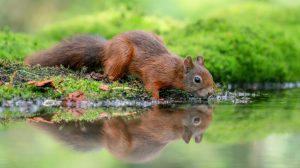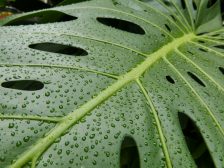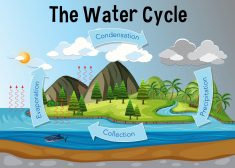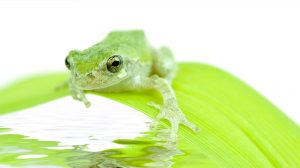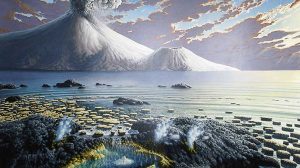Definition
noun, plural: European lancelets
A lancelet species of the genus Branchiostoma and is commonly used as a model organism in various studies, e.g. in evolution
Supplement
The European lancelets are species of the genus Branchiostoma. This genus is one of the few extant genera of the order Amphioxiformes. Species of this genus are characterized by their small eel- or snake-like form. The name means gill-mouth. That is because they do not have a distinct head similar to the other chordates; they lack eyes, nose, and skull. Rather, they have a mouth that is adjacent to the gill slits. The number of gill slits ranges from 6 to 19, depending on the extent of larval stages. They have a notochord that extends from the anterior to the posterior end. The anterior end of the dorsal nerve cord is slightly enlarged. The mouth is located ventrally and has a tuft of 20 to 30 cirri surrounding it. The species may grow up to 6 cm in length.
Similar to other lancelet species, the European lancelets are filter feeders. They are a marine invertebrate that inhabit the soft substrates in shallow seas. They are often found hiding in the sediment. They are used as a model organism particularly in studying evolution and development of vertebrates.
Scientific classification:
- Kingdom: Animalia
- Phylum: Chordata
- Subphylum: Cephalochordata
- Class: Leptocardii
- Order: Amphioxiformes
- Family: Branchiostomidae
- Genus: Branchiostoma
- Species: B. lanceolatum (Pallas, 1774)
Other name(s):
- Limax lanceolatus (Pallas, 1774)
- Branchiostoma lubricum (Costa, 1834)
- Amphioxus lanceolatus (Yarrel, 1836)
- Branchiostoma haecklii (Franz, 1922)
See also:
